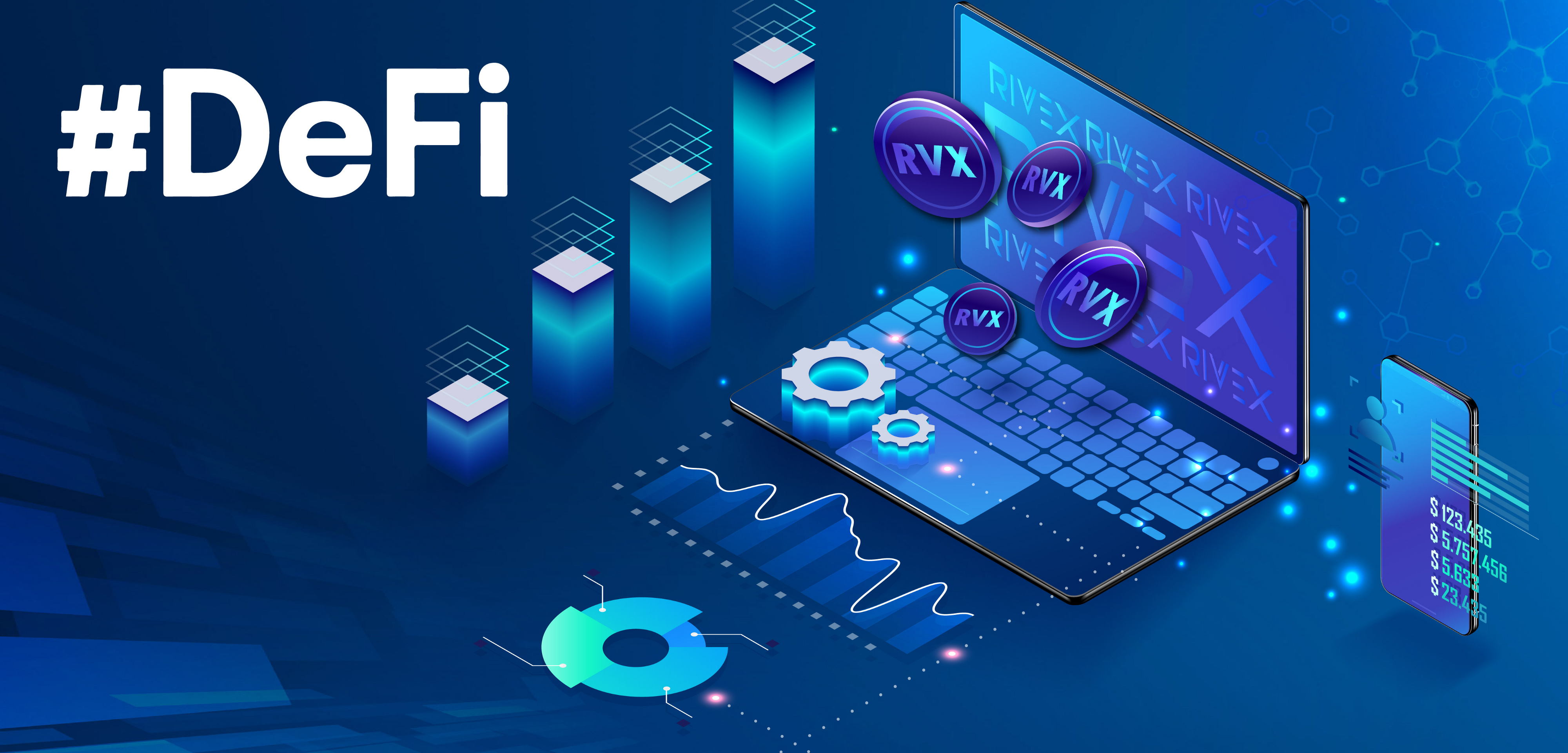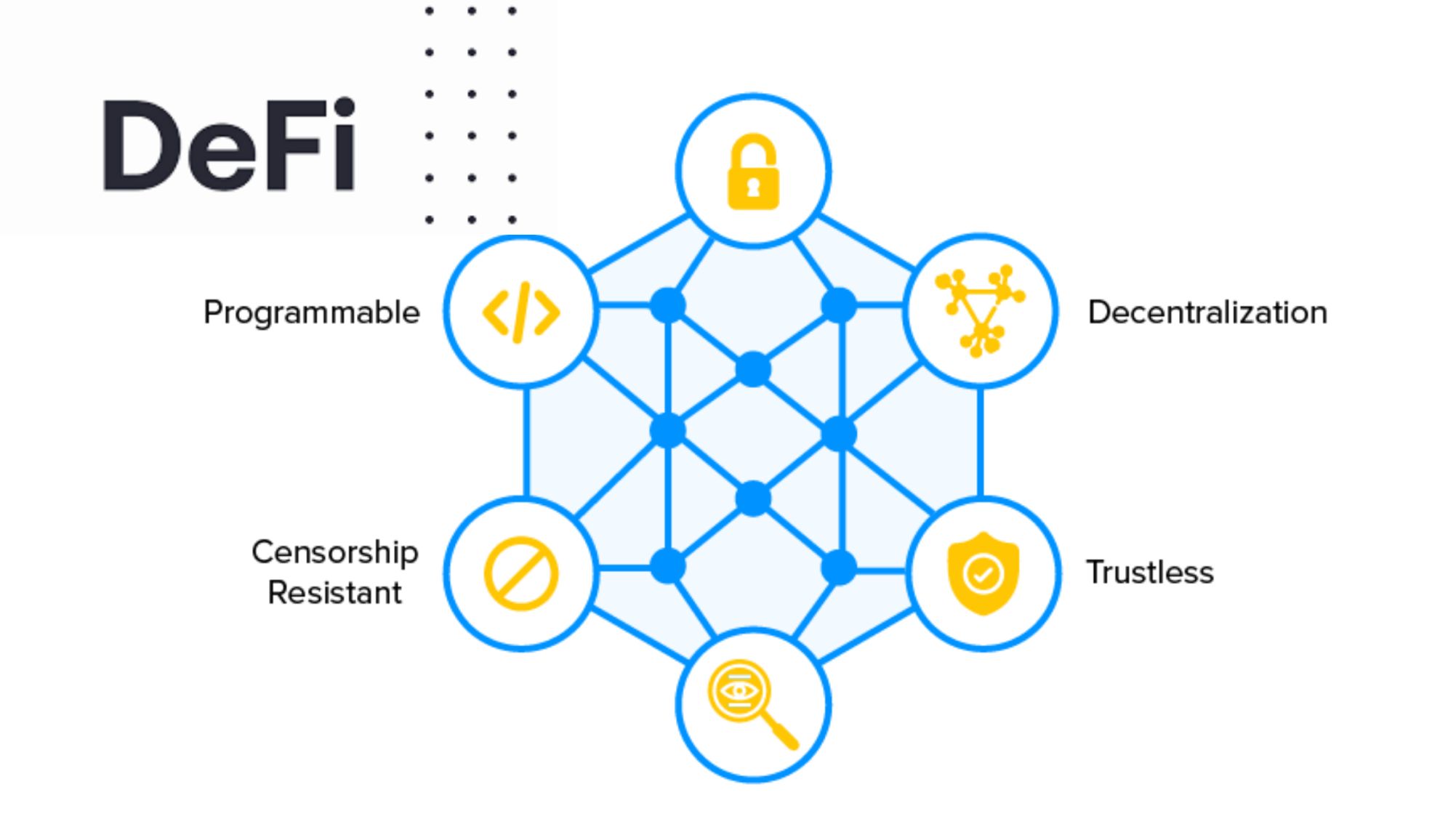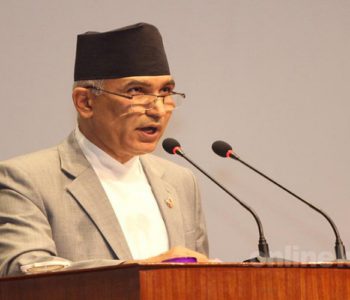What is Decentralized Finance?

KATHMANDU: A new paradigm is created, with the recent advancement in blockchain technologies which may lead to decentralization and disintermediation.
Blockchain technology enables distributed trust to develop and decentralized platforms to be created. Blockchain will therefore have great possibilities as the technology is emerging at a rapid pace.
Decentralized Finance
Decentralized finance (DeFi) is now the emerging space in Blockchain Technology. It has become popular all around the world and acts as an alternative to the existing financial system. It is a more open and transparent replication of existing financial services.
But DeFi does not depend on particular middlemen or any other central institutions. Instead, it depends on the Smart contracts on the Ethereum, (among others) blockchain-based on open and decentralized Protocols (DApps).
The DeFi platform has its core principles and techniques. In DeFi platforms, one can lend and borrow money, earn interest on fixed deposits, speculate on price fluctuations to ensure against risks, trade derivative assets, as in centralized finance.

But DeFi platforms have developed their own native tokens to make operations easier such as Uniswap, DAI, and MAKER.
As per the experts, DeFi can be useful for the development of the financial sector in Nepal, but we can address a lot of problems with the banking and financial system in Nepal. Banks are often accused for their inefficiency, cost, and transparency.
Blockchain provides a solution to all these criticisms. It improves the efficiency of transactions by eliminating decision-making time,recording information that can be automated and managed quicker than the workforce and most importantly, the payment and settlement can be made without the need of a third party and broker fees.
Similarly, in the case of banks, the cross-border payment takes several days, but with DeFi there is no such cross-border payment issue.
In the context of Nepal, a stable coin can act as a bridge for collaboration between the central financing institution and the DeFi. For instance, a stable coin is used to scale DeFi. Many real-world assets are already integrated with stable coins and derivative tokens.
As the fluctuation in the other currency is high, stable coins are used in the DeFi space. When the market falls or grows, stable coins are the solution to it and are even used for risk management in the DeFi platform.
DeFi has much more benefits than our traditional centralized financial system. Some of the benefits of DeFi are listed below:
- Transparency
- Decentralization
- Potential to reduce transaction costs
- Broaden financial inclusion
- Facilitate open access
- Flexibility
The experts of blockchain technology believe DeFi is applicable not only in the financial sector but also in the artistic field. One can use a non-fungible token (NFT) to show images, videos, movies, audio and other digital file formats. The data recorded on a digital blockchain assures that a digital asset is unique and therefore not interchangeable.
Nepali people can convert their art, painting, pictures, music in NFT (Non-Fungible Token) and place it in DeFi and make the NFT credible and use the tokens for exchange, swap, and even get a loan.
With advancements in technology, most industries are shifting towards digitizing their business firm and are interested in adapting blockchain and DeFi technology. So, we can predict DeFi is something that we all will be interacting with within the coming years.











Facebook Comment